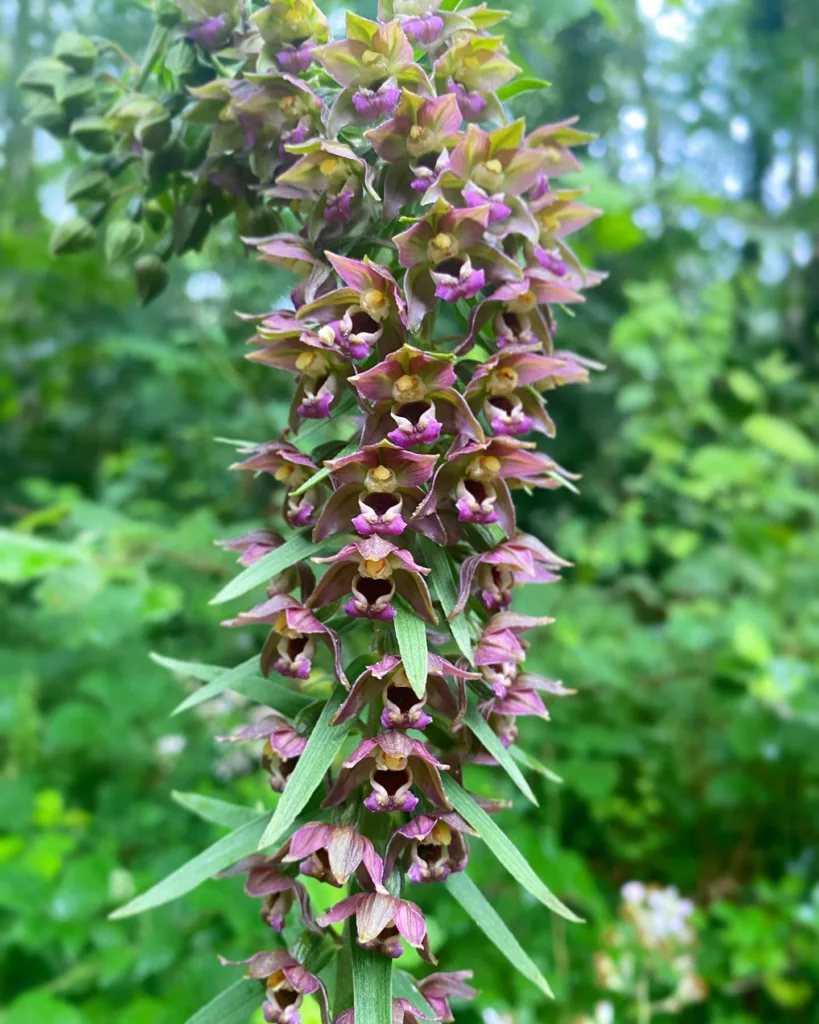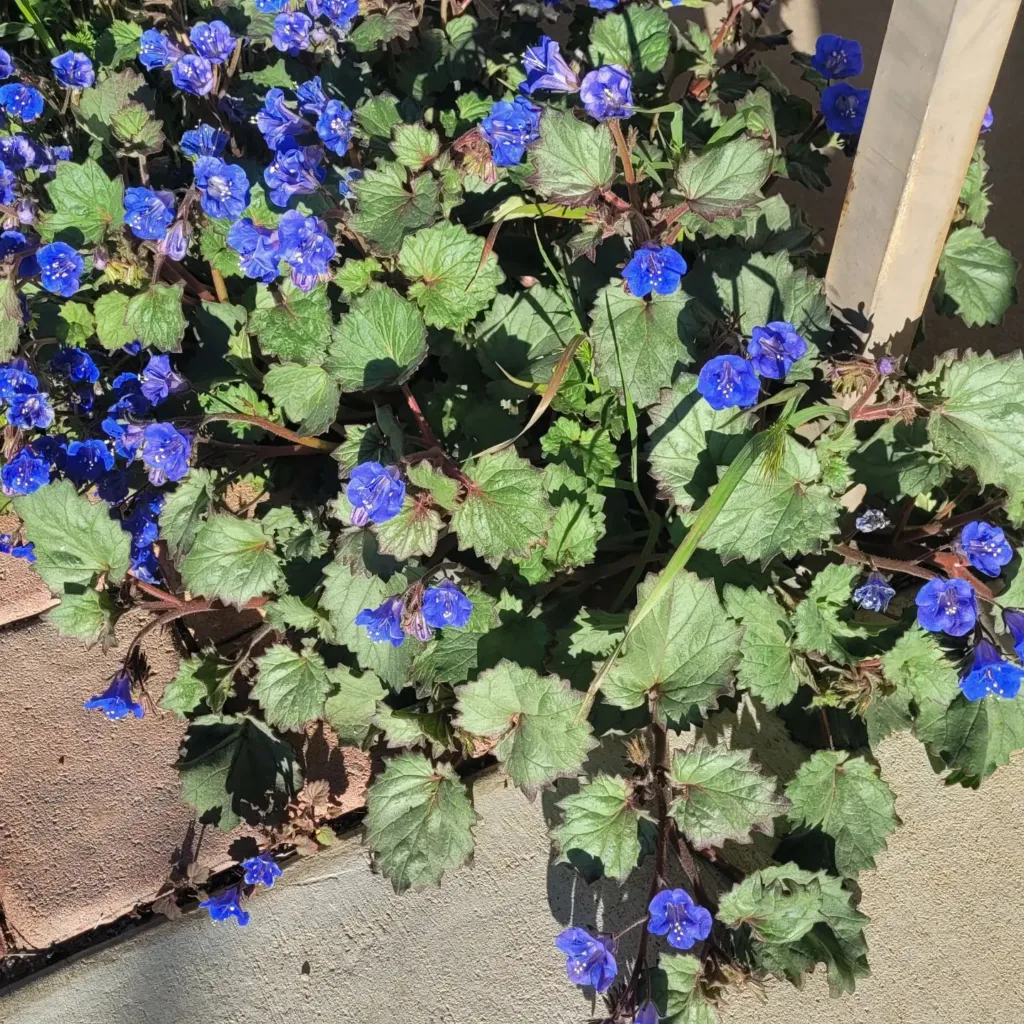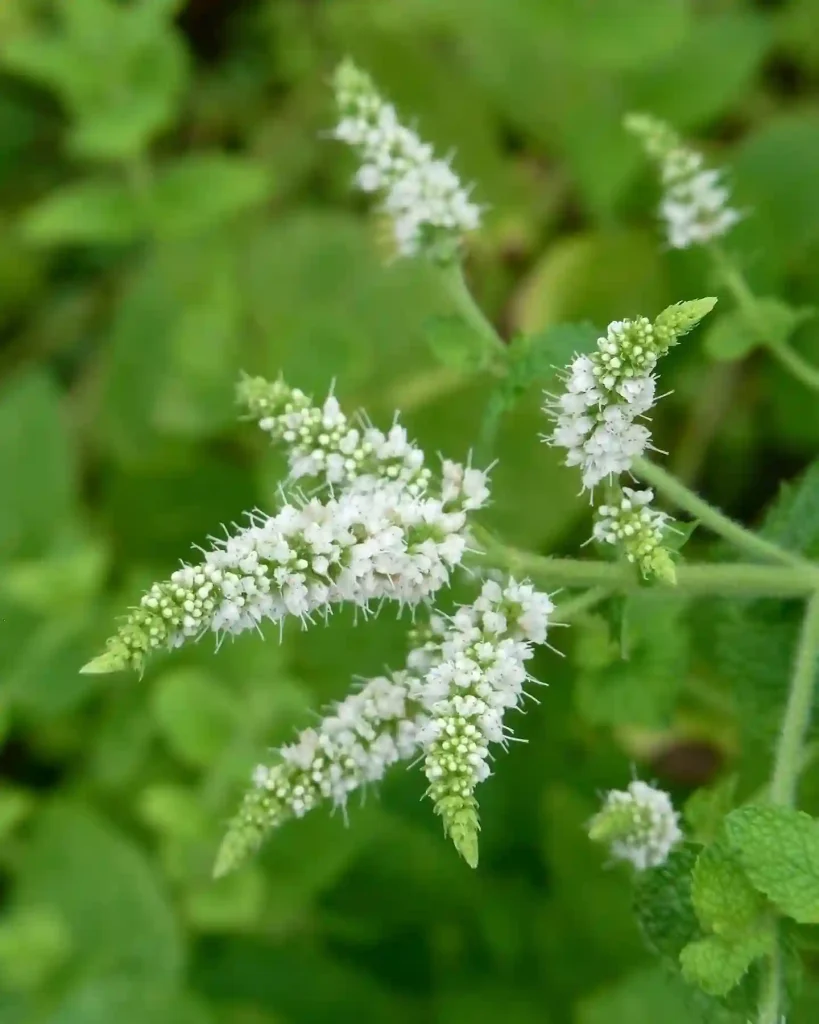The Allure of the Citron Daylily: A Gardener’s Guide to Hemerocallis citrina
For years, my garden has been a canvas of vibrant hues, boasting perennials that bloom in a glorious symphony throughout the season. But there’s a special place in my heart for the understated elegance of the Hemerocallis citrina, also known as the citron daylily. This captivating perennial has become a cornerstone of my summer borders, offering a delightful fragrance and a touch of lemon sunshine.
Intrigued by this unique daylily, I delved deeper into its characteristics and discovered a treasure trove of information that I’m eager to share with fellow gardening enthusiasts. So, grab your trowel and get ready to be charmed by the citron daylily!
18 Species in Genus Hemerocallis
What is Hemerocallis citrina?
Hemerocallis citrina, with its name derived from the Greek words for “day” and “beauty,” is a true daylily species native to eastern Asia. Unlike its flamboyant, hybrid cousins that boast multiple blooms per day, the citron daylily offers a single, spectacular flower each day. But don’t be fooled by its fleeting nature – the sheer size and captivating fragrance of these blooms make them well worth the wait.
How to Plant and Care for Hemerocallis citrina?
The citron daylily is a remarkably low-maintenance plant, making it ideal for busy gardeners like myself. Here’s what you need to know to ensure your Hemerocallis citrina thrives:
- Light: Citron daylilies prefer at least 6 hours of sunlight daily, although some afternoon shade can be beneficial in hotter climates.
- Soil: While adaptable, Hemerocallis citrina flourishes in well-drained soil with moderate fertility. Amending your existing soil with compost is a great way to achieve this.
- Watering: Water regularly during the first growing season, especially during periods of drought. Once established, these daylilies are quite drought tolerant.
- Fertilization: A light application of balanced fertilizer in early spring can be beneficial, but avoid over-fertilizing as it can reduce flower production.
Is Hemerocallis citrina Fragrant?
Absolutely! One of the most captivating aspects of the citron daylily is its intoxicating fragrance. The blooms exude a delightful citrus scent, particularly in the evening, adding a touch of perfume to your summer nights. This delightful aroma is a major reason I love incorporating these daylilies into my garden – they create a sensory experience that goes beyond just visual beauty.
How to Propagate Hemerocallis citrina?
The beauty of Hemerocallis citrina is easily shared! There are two main methods for propagating these daylilies:
- Division: The most common method, division involves carefully digging up a mature clump of daylilies and separating the individual fans (sections of roots and leaves). This can be done in early spring or fall.
- Seeds: Propagation by seed is less common but offers a rewarding challenge. Seedlings can take several years to flower, but the process can be fascinating for those who enjoy the journey.
What to Plant with Hemerocallis citrina?
The citron daylily’s elegant form and sunny disposition make it a versatile companion plant. Here are some ideas to inspire your garden design:
- Tall perennials: Daylilies pair beautifully with taller perennials like Russian sage or lavender, creating a layered effect in the border.
- Grasses: Ornamental grasses like Miscanthus sinensis add a textural contrast to the daylily’s soft foliage.
- Low-growing perennials: Consider planting creeping phlox or catmint at the base of the daylilies to create a vibrant carpet of color.
Beyond the Garden: Culinary Uses of Hemerocallis citrina
While primarily known for its ornamental value, the citron daylily has a surprising culinary connection. The unopened flower buds, sometimes called “golden needles,” are a popular ingredient in Chinese cuisine. They are often used in stir-fries, soups, and even hot and sour soup. It’s important to note that only the unopened flower buds are edible. Consuming other parts of the plant can be toxic.
With its captivating beauty, delightful fragrance, and surprising versatility, the Hemerocallis citrina is a true gem for any garden. So, if you’re looking for a low-maintenance perennial that adds a touch of elegance and a burst of citrusy scent to your summer borders, look no further than the citron daylily.
If i die, water my plants!



